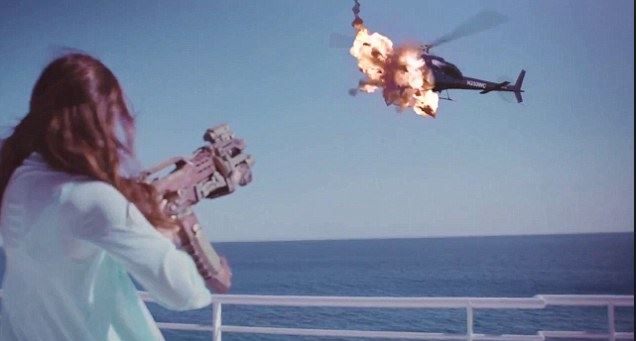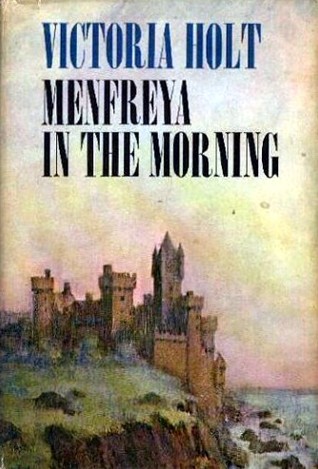My local coffee shop has a blackboard they dedicate, most of
the time, to some question like, “If you could be any animal, what would you
be?” and “What’s the best movie of all time?” and “Who is your favorite member
of Imagine Dragons?” Patrons then scribble their answers on the board as they wait around for their coffee order.
This week, when I stopped by to get my local caffeine infusion,
on the blackboard they had instead drawn an elaborate illustration of the process
it takes the pea berry to get from somewhere in Brazil, to be turned into coffee and made into the delicious brew that ends up in my paper coffee
cup. For the most part the drawing was a masterpiece of chalk, but I couldn't help but notice.... in the middle of the illustration, was this figure:
 |
This raises a lot of questions.
What exactly is going on in this little scene?
- Is it really a girl?
- Is her head missing?
- If so, is the lack of head intentional? A forgotten detail in this chalk masterpiece? A result of some terrible accident?
- What does the lack of head say about the artist? About this coffee shop? The coffee industry?
This drawing of a headless coffee sorter made me think of
writing, and how an author sometimes fails to describe a scene completely, or accidentally leaves out details, that leave the reader wondering, and confused.
Amongst our writing group, we have an ongoing joke, that if
you don’t describe what a person is wearing in a scene from the waist down, they are
clearly not wearing any pants (aka, “Porky-pigging it”)—and should be pictured
that way in scene. Maybe this is the case with the headless figure in the
drawing… maybe the fact all people have heads is implied and understood, but
then again—maybe sometimes it’s worth drawing in the details, being complete
and concrete in your descriptions.
But help me out here, I’m still wondering about the person
in the picture.
What’s his/her deal?
And why is their head missing?
-Mark
@manOwords
PS> Bonus questions:
- If you could be any animal, what would you be?
- What’s the best movie of all time?
- Who is your favorite member of Imagine Dragons?






